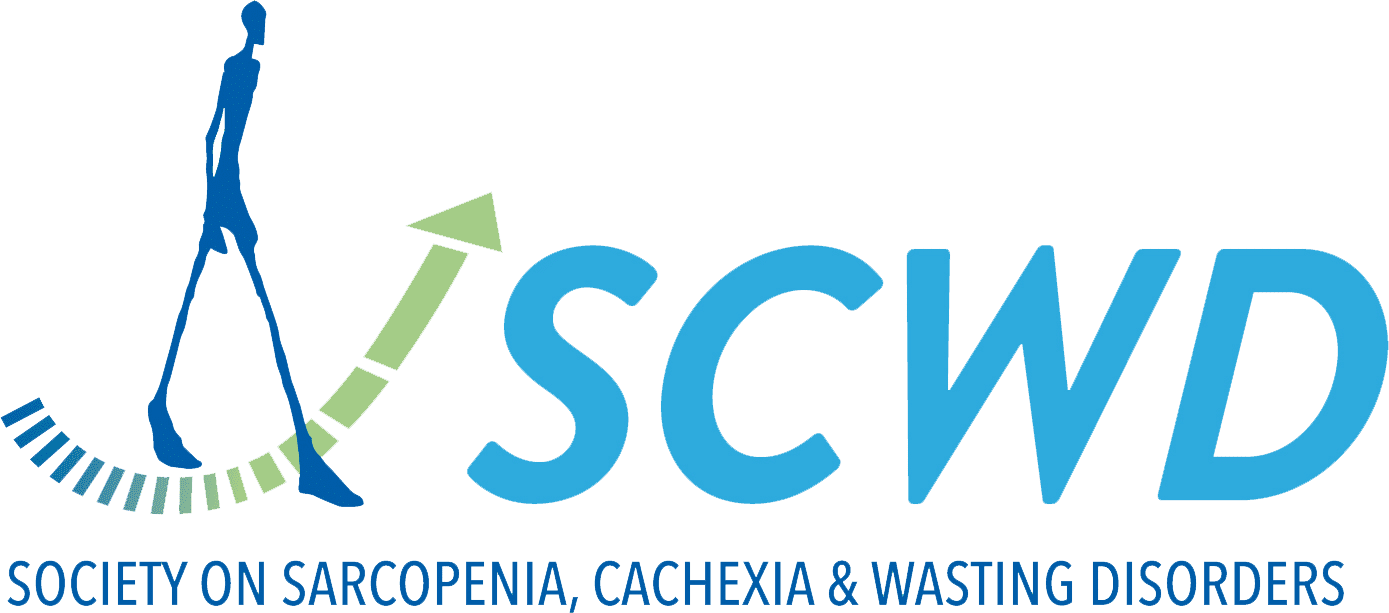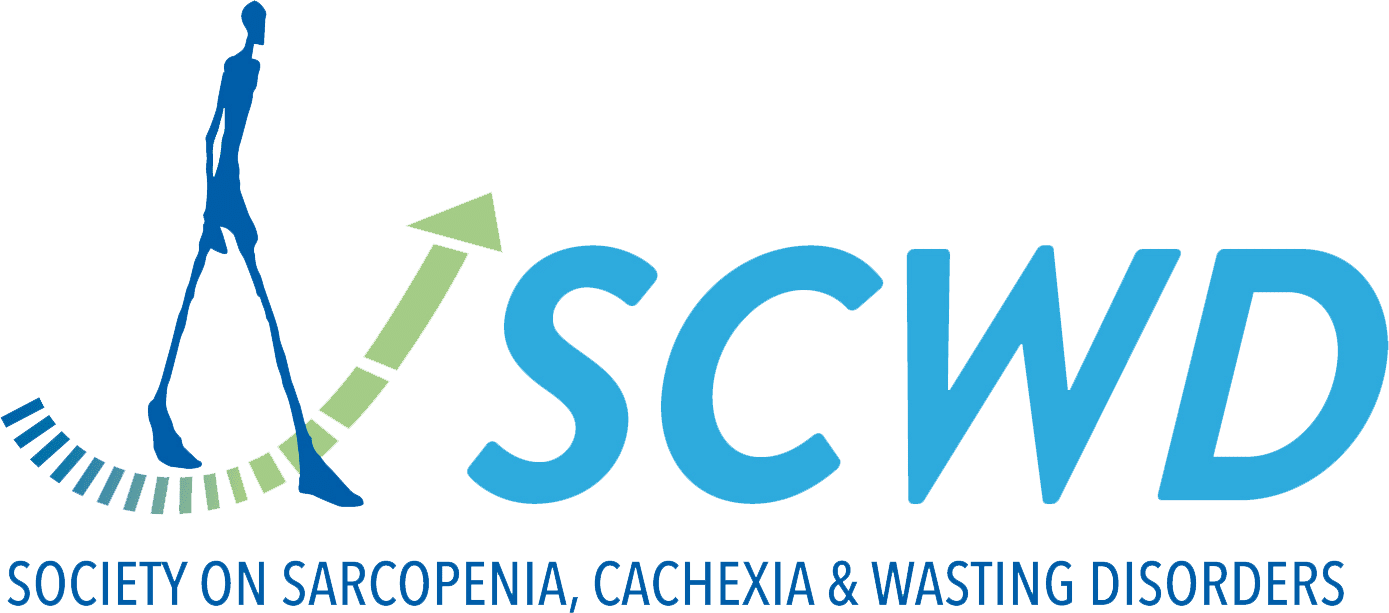Sarcopenia and cachexia prevalence in older patients with colorectal cancer
Article: The prevalence of sarcopenia and cachexia in older patients with localized colorectal cancer
Colorectal cancer (CRC) incidence has been shown to increase with age, an association which is clinically significant in the context of global ageing populations. Frailty, defined as increased vulnerability to stressors like surgery, is a marker associated with poor outcomes in patients with CRC. Sarcopenia, characterised by an age- and disease-related loss in muscle function and mass, has been identified as a major contributor to frailty. Patients with cancer also commonly experience cancer cachexia, i.e., loss of fat and muscle mass. This syndrome has also been associated with poorer survival rates for cancer patients. As such, both sarcopenia and cachexia constitute potentially modifiable risk factors of negative surgical outcomes.
This study aimed to examine the prevalence of preoperative sarcopenia and cachexia in a group of older (≥65 years) vulnerable patients undergoing resection for localized CRC.
Key learnings:
European guidelines (EWGSOP2) define sarcopenia as the presence of low muscle strength. However, despite adhering to the criteria for vulnerability defined by EWGSOP2, only 28% of enrolled patients possessed low muscle strength. Furthermore, the overlap between low muscle strength (sarcopenia) and muscle mass in this cohort was found to be poor, which suggests that diagnosing sarcopenia according to low muscle strength may not be appropriate for older vulnerable patients with CRC.
Aside from low muscle mass and muscle strength, this patient population also exhibited low physical performance, which was measured by a six-minute walk test below 400 m. This finding highlights the relevance of incorporating this criterion into guidelines for the diagnosis of sarcopenia. Lastly, while no association was found between sarcopenia and cachexia, the latter was found to be linked with low muscle mass. This underscores the importance of examining muscle mass in cancer patients.
Reviewed by: S. Duarte
Authors: Dolin TG, Mikkelsen MK, Jacobsen HL et al.
Published in: J Geriatr Oncol 2022


